The Decomposition of Pentagonal Numbers
DOI: 10.23977/tracam.2024.040115 | Downloads: 17 | Views: 1459
Author(s)
Fuju Wu 1, Deyi Chen 2
Affiliation(s)
1 Wuhan Britain-China School, Wuhan, Hubei, 430030, China
2 Department of Mathematics, Zhejiang University, Hangzhou, Zhejiang, 310027, China
Corresponding Author
Fuju WuABSTRACT
In this paper, we have demonstrated that there are infinitely many pentagonal numbers which have two different ways to be decomposed as the product of two non-1 pentagonal numbers, with the domain being in positive rational numbers. This was achieved by transforming an equation into an elliptic curve, identifying a rational point on this curve, and subsequently employing the Nagell-Lutz Theorem to establish the existence of infinitely many rational points on the elliptic curve. Finally, we conjecture that if the domain is restricted to positive integers, then there do not exist such two different decompositions.
KEYWORDS
Pentagonal Numbers; Elliptic curves; Pell's equationCITE THIS PAPER
Fuju Wu, Deyi Chen, The Decomposition of Pentagonal Numbers. Transactions on Computational and Applied Mathematics (2024) Vol. 4: 113-118. DOI: http://dx.doi.org/10.23977/tracam.2024.040115.
REFERENCES
[1] Euler, On the remarkable properties of the pentagonal numbers. Acta Academia of the Science of the Empire of Petropolitan, 1783, 4(1):56-75.
[2] Heath, Sir Thomas Little, Diophantus of Alexandria: A study in the history of Greek algebra, Cambridge University Press, 1910:188.
[3] Chen D, Cai T. The decomposition of triangular numbers [J]. The Rocky Mountain Journal of Mathematics, 2013: 75-81.
[4] Mordell L J. Diophantine equations: Diophantine Equations [M]. Academic press, 1969.
[5] Silverman J H, Tate J T. Rational points on elliptic curves [M]. New York: Springer-Verlag, 1992.
| Downloads: | 679 |
|---|---|
| Visits: | 57989 |
Sponsors, Associates, and Links
-
International Journal of Power Engineering and Engineering Thermophysics
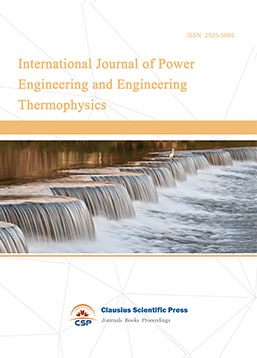
-
Numerical Algebra and Scientific Computing
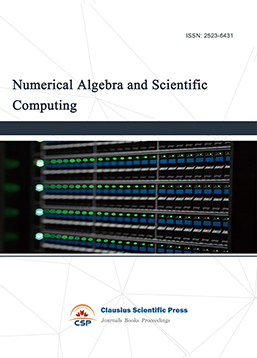
-
Journal of Physics Through Computation
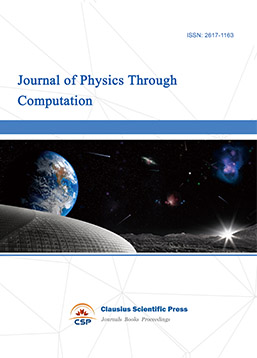
-
Transactions on Particle and Nuclear Physics
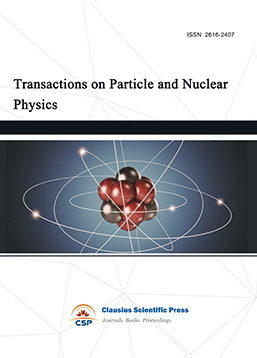
-
Journal of Probability and Mathematical Statistics
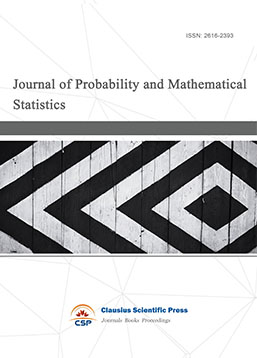
-
Multibody Systems, Nonlinear Dynamics and Control
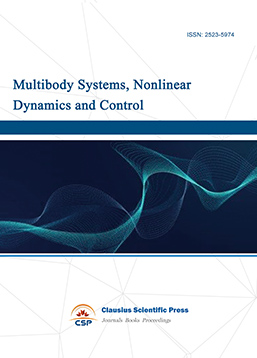
-
Complex Analysis and Geometry
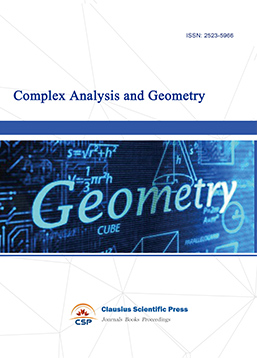
-
Dynamical Systems and Differential Equations
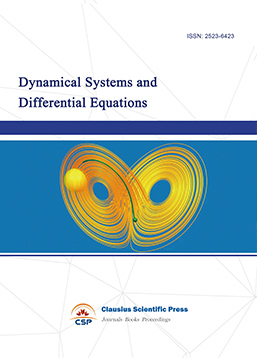
-
Acoustics, Optics and Radio Physics
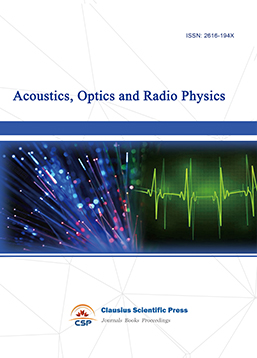
-
Progress in Atomic and Molecular Physics
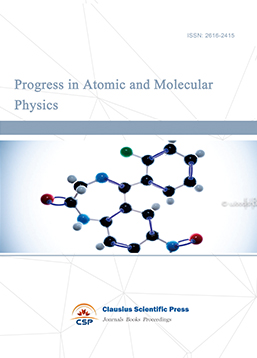
-
Transactions on Condensed Matter Physics
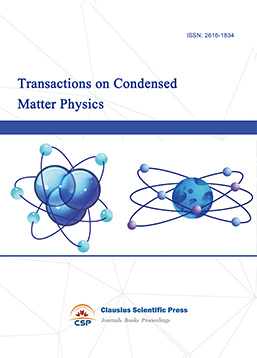
-
Progress in Plasma Physics
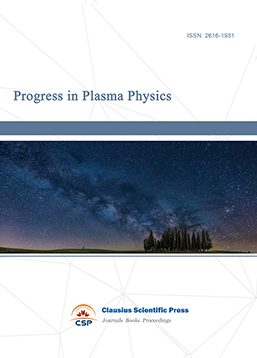
-
Combinatorics and Graph Theory
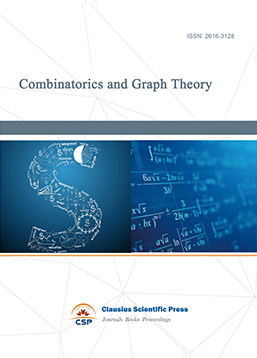
-
Research and Practice of Mathematics & Statistics
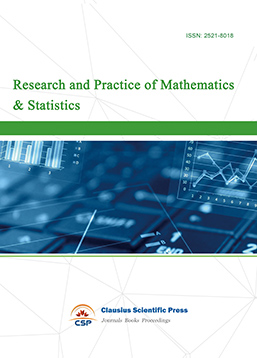
-
Nuclear Techniques and Applications
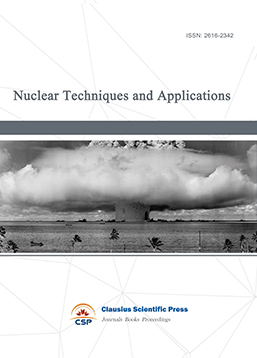
-
Journal of Photonics Research
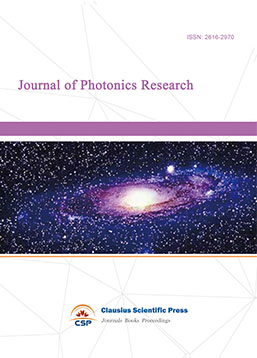
-
Journal of Compressors and Refrigeration
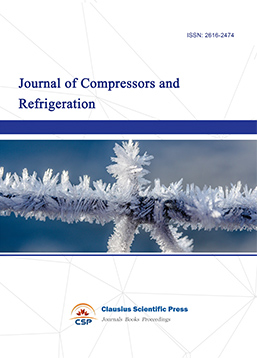
-
Journal of Theoretical Physics Frontiers
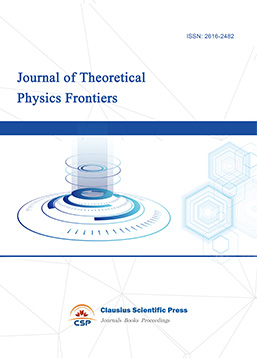
-
Journal of Nonlinear Science and Complexity
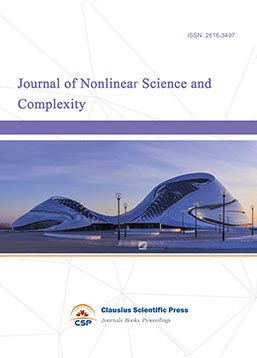
-
Vacuum Science Journal
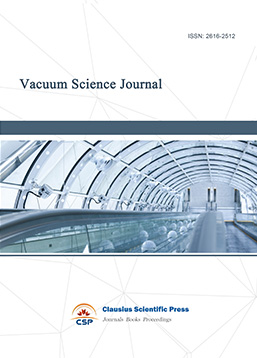
-
Computational Fluid Dynamics
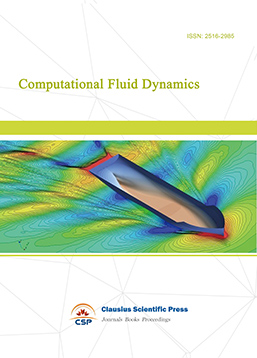

 Download as PDF
Download as PDF